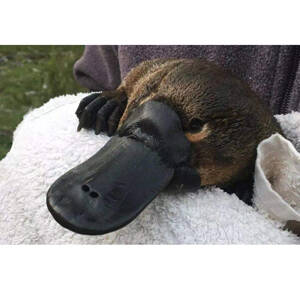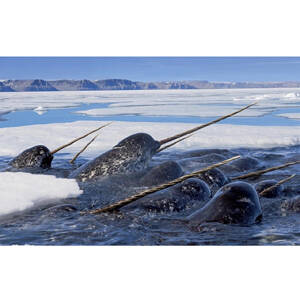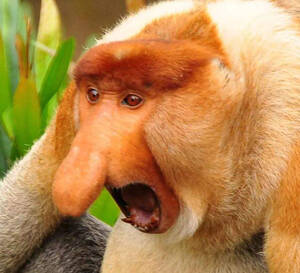
Ochotona curzoniae
Ochotona curzoniae,Plateau pika, singing mouse, stone rabbit, Anona
The black-lipped pika is also known as the plateau pika, the singing pika, t···

Ochotona cansus
Ochotona cansus, Singing Mouse
The Intercranial Pika, also known as the Singing Pika, belongs to the subgen···

Dendroaspis polylepis
Dendroaspis polylepis,Black Mamba
Black Mamba (scientific name: Dendroaspis polylepis): It is a venomous snake···

Condylura cristata
Condylura cristata,Star-nosed mole
Star-nosed mole (scientific name: Condylura cristata): is a small mole found···

Ornithorhynchus anatinus
Ornithorhynchus anatinus,Duck Otter
The platypus is one of the most primitive mammals. It is an incompletely evo···

Niviventer coxingi
Niviventer coxingi,Niviventer culturatus,Coxing
The taxonomic status of this species is stable and there is little controver···

Cricetulus triton
Cricetulus triton,Grey hamster
The status of the giant hamster species is stable, and there are some differ···

Angora
Angora,Grass Rabbit
Angora rabbit is a world-famous wool-producing rabbit breed, a type of long-···

Monodon monoceros
Monodon monoceros,Narwhal、Unicorn Whale,Narwhal, Lance Whale
The scientific name of narwhal: Monodon monoceros, foreign names Narwhal, Un···

Nasalis larvatus
Nasalis larvatus,Tengu Monkey
The proboscis monkey (scientific name: Nasalis larvatus) is a unique animal ···

Chlamyphorus truncatus
Chlamyphorus truncatus,Pink Fairy Armadillo,Pink-haired armadillo, sushi armadillo
The pygmy armadillo (scientific name: Chlamyphorus truncatus) is also known ···

Proedromys bedfordi
Proedromys bedfordi,Arvicolinae
The species status is stable, but the genus status is somewhat controversial···

Lasiopodomys brandtii
Lasiopodomys brandtii,Sand vole, prairie vole, Blanche vole, Brandt's vole
The status of Brandt's vole species is stable, but there has been a long···

Eospalax rothschildi
Eospalax rothschildi,Southern zokor, ground mouse
The species status of Roth's zokor is stable, but the genus status is co···

Typhlomys nanus
Typhlomys nanus,Gray blind mouse
The pig-tailed rat is a new species published by Cheng Bin et al. of Kunming···

Pigtail rat
Pigtail rat,Wuyishan tailed rat, pig tailed rat, gray blind rat, blind rat
The genus-level and species-level taxonomic units of the Chinese pig-tailed ···

Sicista concolor
Sicista concolor,Small rat, rat, Chinese rat
The Chinese scissorium belongs to the subfamily Sicidinae of the family Jerb···

Hylopetes alboniger
Hylopetes alboniger, black and white flying squirrel, arrow-tailed black and white flying squirrel
The black-and-white flying squirrel is a small flying squirrel in southern C···

Sciurotamias forresti
Sciurotamias forresti,White-lined rock squirrel, White-throated rock squirrel, Forster's rock squirrel, Forster's rock squirrel
The body size of the side-striped rock squirrel is similar to that of the ro···

Menetes berdmorei
Menetes berdmorei,Multi-lined squirrel, line squirrel
There are six species of animals in the Sciuridae family, three species of s···

